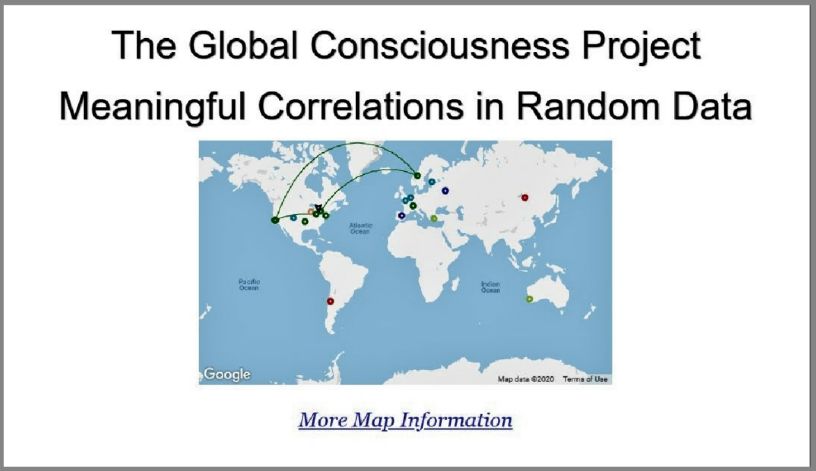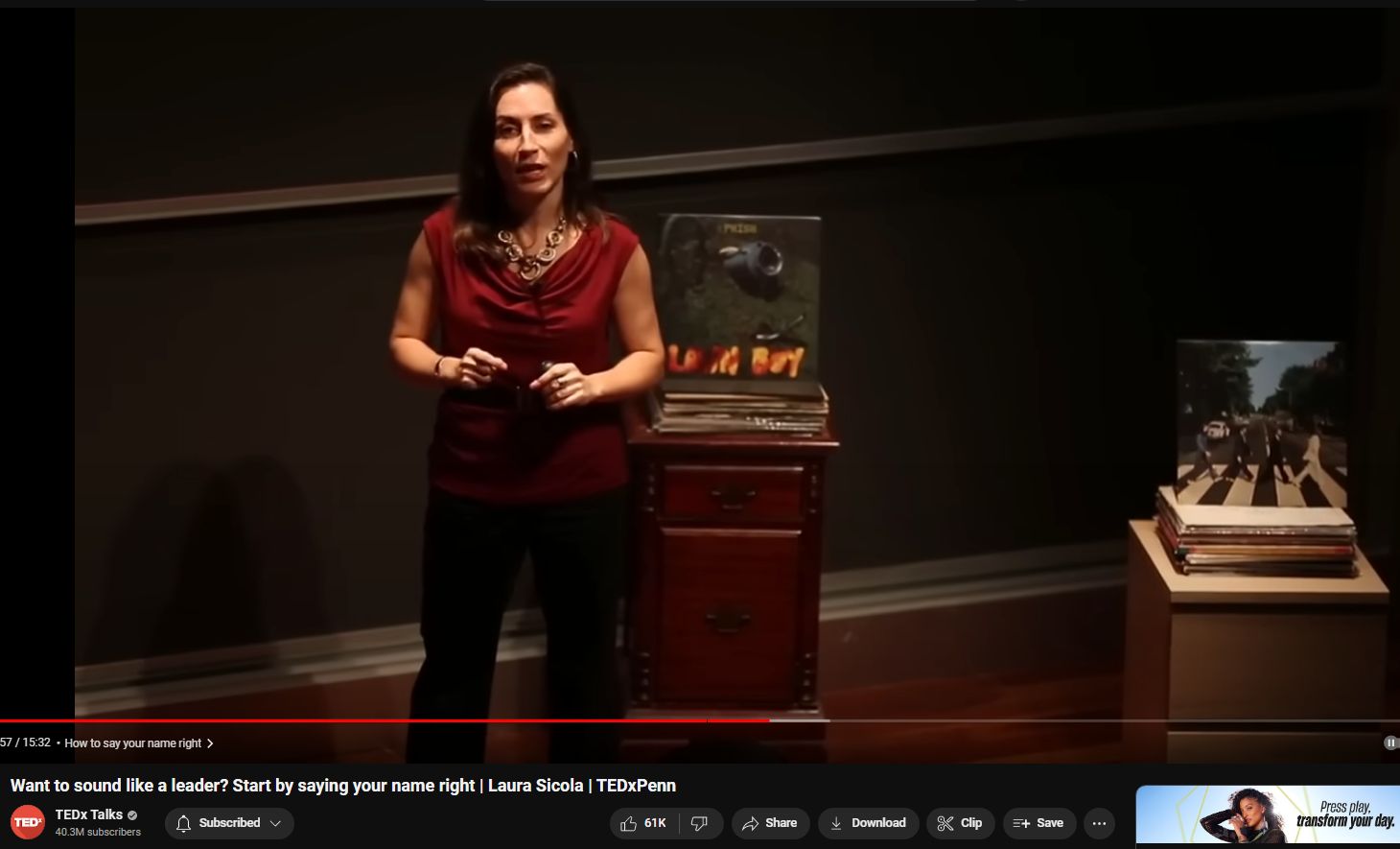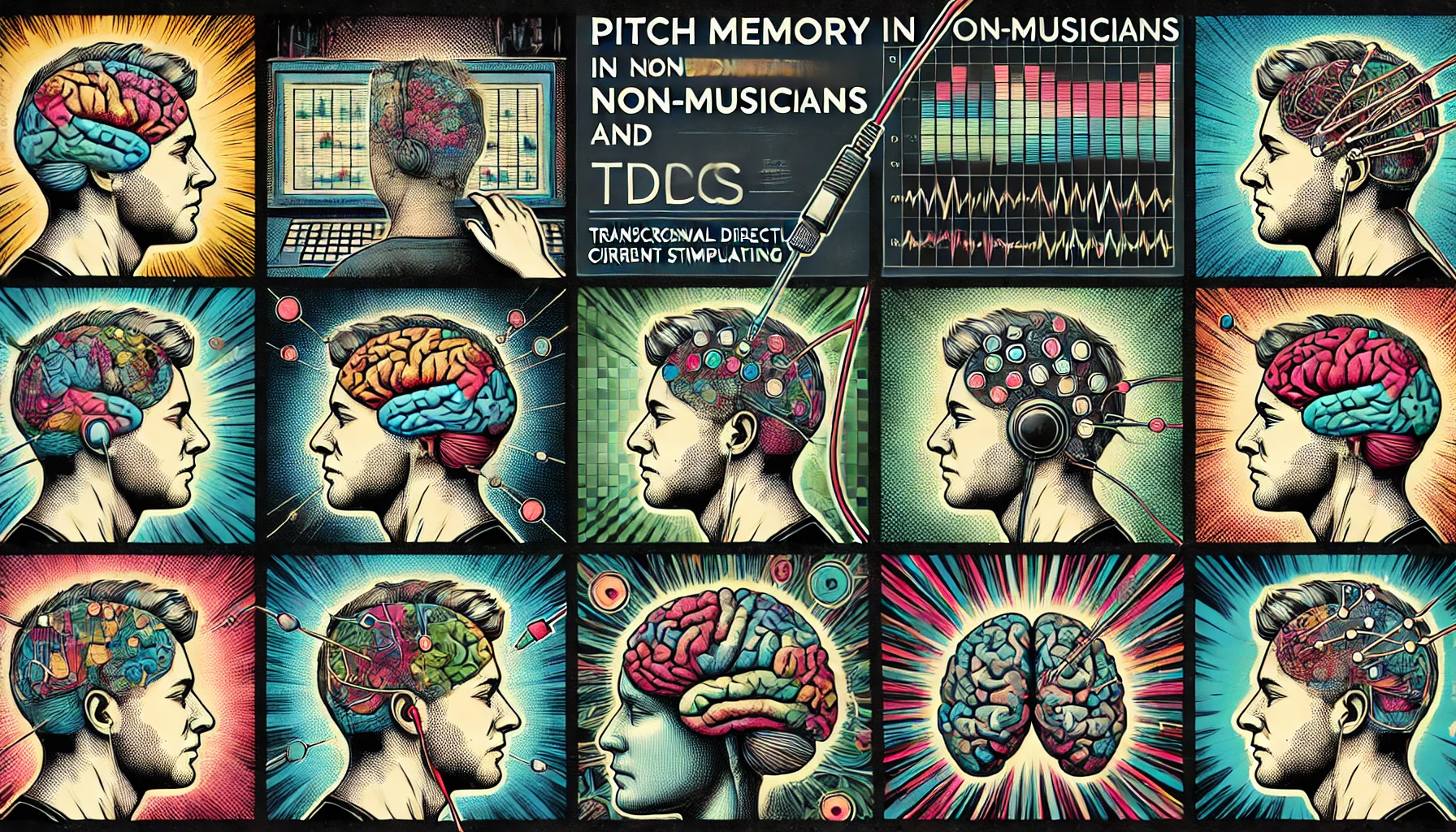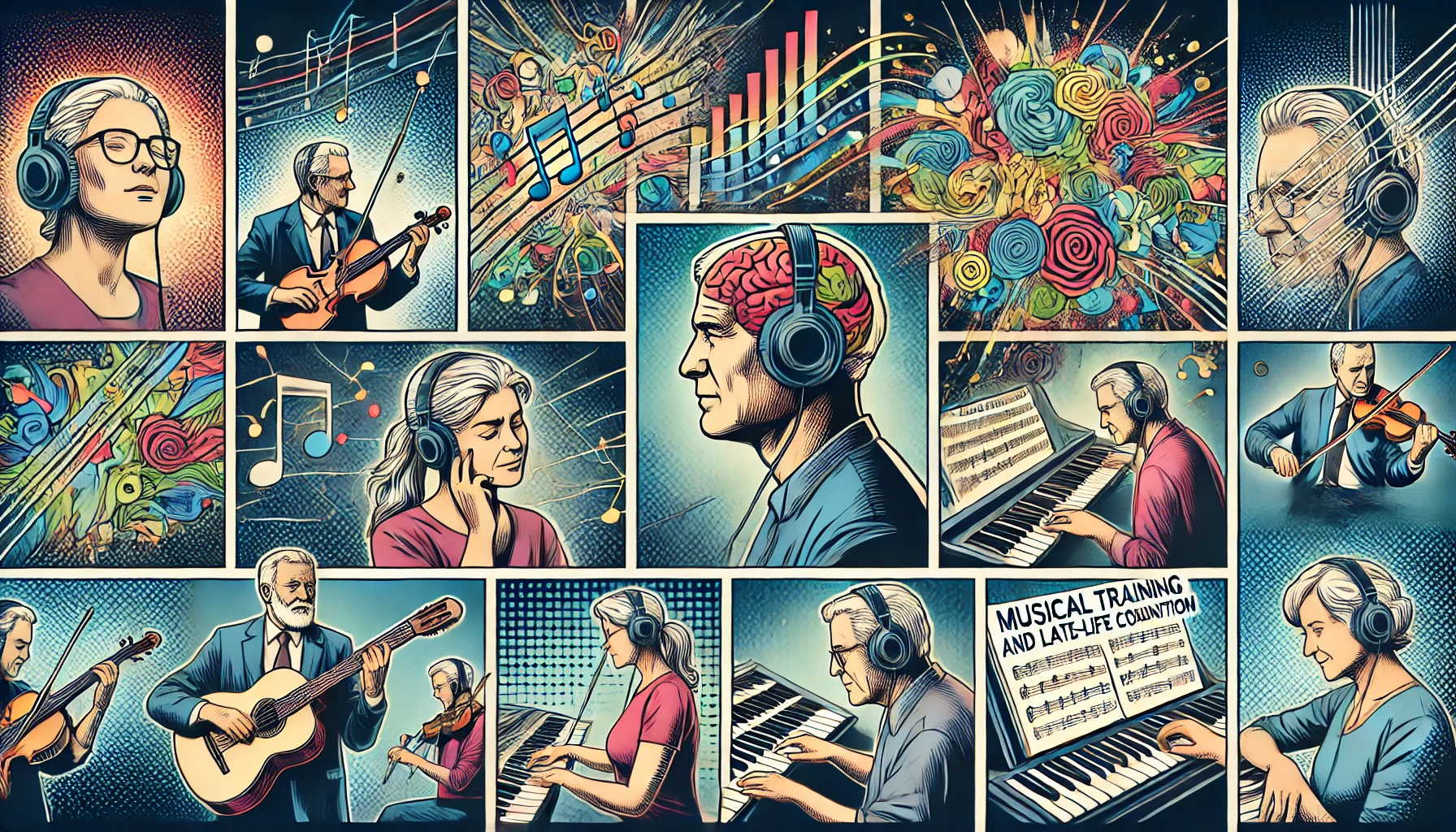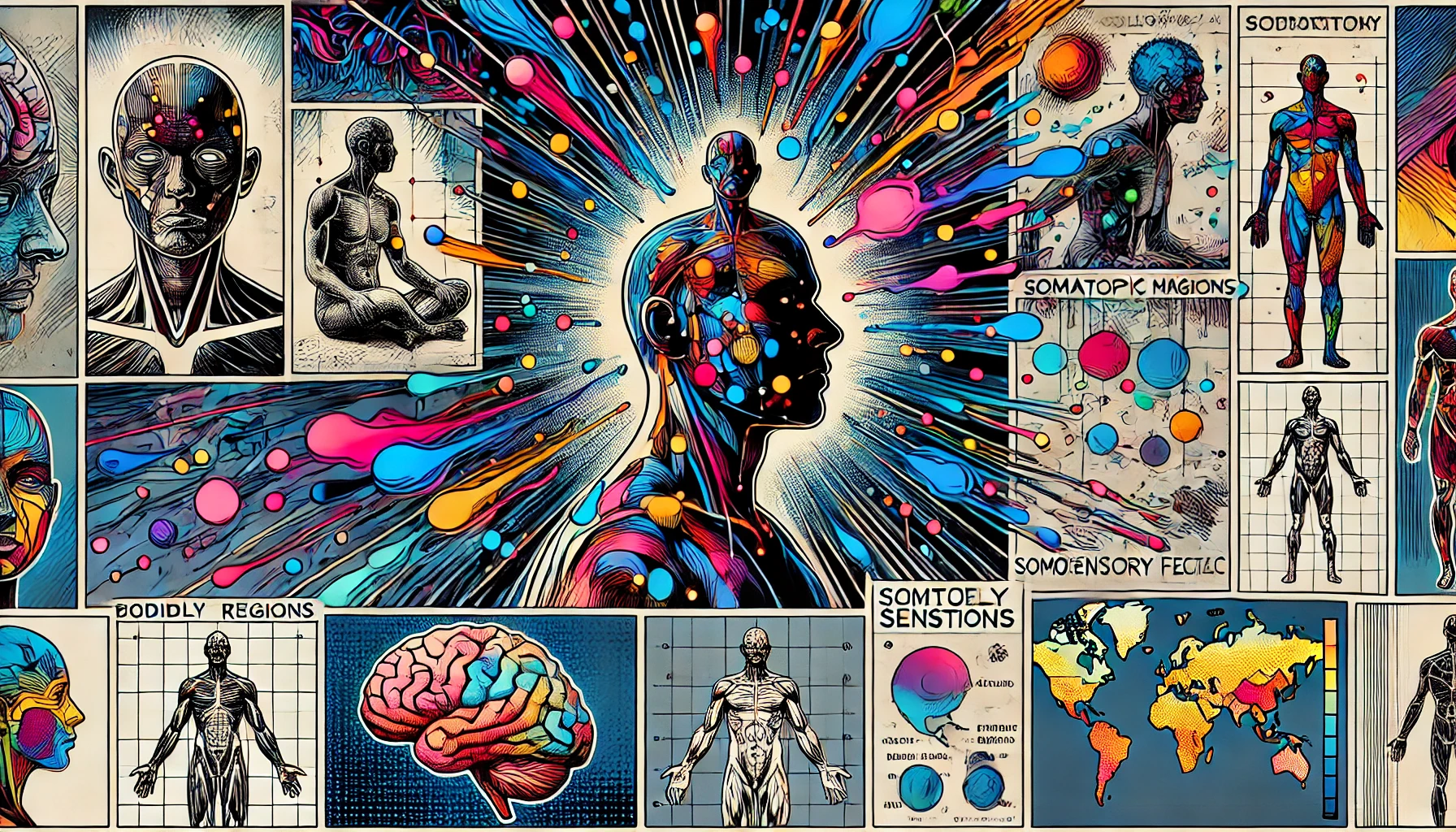Perception
If human hearing upper limit is 20 kHz then how does a 15 kHz sine-wave sound so remarkably different from 15 kHz square-wave ?
How does a 15 kHz sine-wave sound so remarkably different from 15 kHz square-wave
Global Consciousness Project Played as Music – Princeton Edu
Global Consciousness Project Played as Music
Colored Shadows Sensory Perception GOETHE
Colored Shadows Sensory Perception GOETHE
Dichotomy and perceptual distortions in absolute pitch ability
Dichotomy and perceptual distortions in absolute pitch ability
Music Color Associations are Mediated by Emotion
Music Color Associations are Mediated by Emotion
Tonality Vocal Intonation Speech Speaking Language Words
Tonality Vocal Intonation Speech Speaking Language Words
Neurobiological Aspects of Neurologic Music Therapy
Neurobiological Aspects of Neurologic Music Therapy
Affective constraints on acquisition of musical concepts: Childrens and adults development of the major-minor distinction
Affective constraints on acquisition of musical concepts
Fear across the senses Brain responses to music vocalizations and facial expressions
Fear across the senses Brain responses to music vocalizations and facial expressions
Contribution of active hair-bundle motility to nonlinear amplification in the mammalian cochlea
Contribution of active hair-bundle motility to nonlinear amplification in the mammalian cochlea
The basis of musical consonance as revealed by congenital amusia
The basis of musical consonance as revealed by congenital amusia
Automotive Audio Tubed Tunes on the Go Robb Report Collection
Automotive Audio Tubed Tunes on the Go Robb Report Collection
Pitch Memory in Nonmusicians and Musicians: Revealing Functional Differences Using Transcranial Direct Current Stimulation
Pitch Memory in Nonmusicians and Musicians
Pitch perception beyond the traditional existence region of pitch
“…the perception of musical pitch at high frequencies is not constrained by temporal phase locking in the auditory nerve but may instead stem from higher-level constraints shaped by prior exposure to harmonic sounds.” Humans’ ability to recognize musical melodies is generally limited to pure-tone frequencies below 4 or 5 kHz. This limit coincides with the … Read more
Superior time perception for lower musical pitch explains why bass-ranged instruments lay down musical rhythms
Michael J. Hove, Céline Marie, Ian C. Bruce, and Laurel J. Trainor PNAS 2014 ; published ahead of print June 30, 2014, http://www.pnas.org/content/early/2014/06/25/1402039111.full.pdf+html The statement you provided suggests that there may be a relationship between the perception of time and musical pitch, particularly in the context of rhythm perception and bass-ranged instruments. Here’s an … Read more
MP3 vs. Uncompressed audio null test
When you subtract a mp3 file from its comparatively uncompressed origin, the result is surprisingly musical. It is shocking how much information is lost between original and digitally-compressed mp3. When played, what has been removed is shockingly song-like…almost like a twin has been removed. An MP3 vs. uncompressed audio null test is an … Read more
Grant Morrison – Discussion of Magic – Omega Institute, 2005
https://www.youtube.com/watch?v=uXBePJ42kdE Grant Morrison, the acclaimed comic book writer known for his work on titles such as “Batman,” “Superman,” and “The Invisibles,” has long been fascinated by the concept of magic and its potential applications in the modern world. In his discussion at the Omega Institute in 2005, Morrison likely explored a range of topics … Read more
God Helmet – Mind Booster of the Paranormal, Michael Persinger, Laurentian Univ
…reportedly results in the wearer experiencing hallucinations and other similar cognitive responses that, according to Persinger, manifested as visions of God or of being in the presence of God, among other things. If you’re unfamiliar, the God Helmet is a contraption – a helmet, obviously – that facilitates the transmission of low-frequency electromagnetic waves into … Read more
The Mystery of Magenta
Published on Feb 13, 2013 Why doesn’t magenta appear in the rainbow? The answer lies not in physics but in biology. Science presenter Steve Mould demonstrates the strange phenomenon of colour mixing, in which not everything is as it seems. https://www.youtube.com/watch?v=iPPYGJjKVco Magenta is a unique color that has fascinated scientists, artists, and philosophers for … Read more

